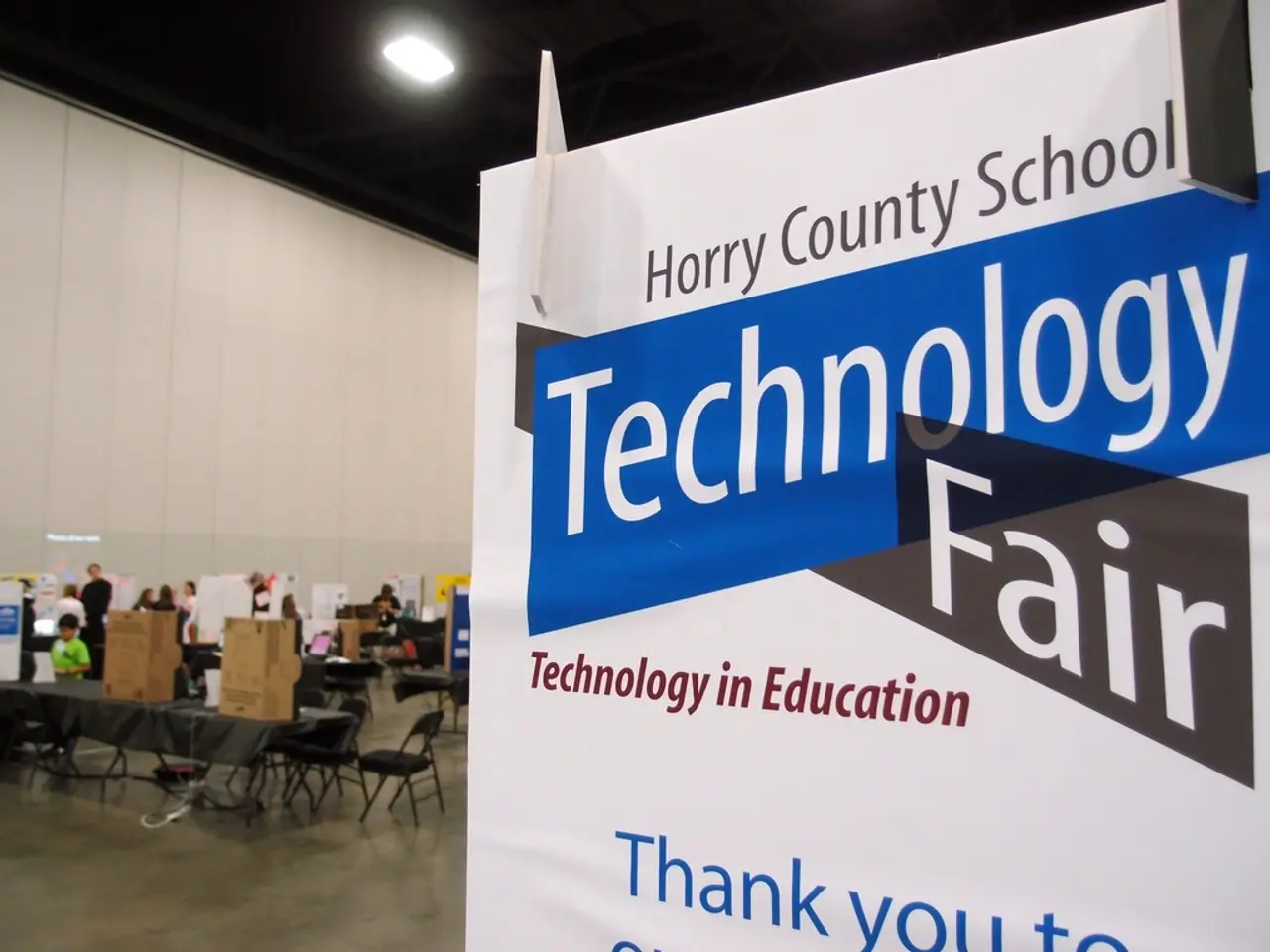Streamline Your Little One's Space with Ease Using These 3 Efficient Strategies
In the pursuit of a clutter-free home, especially with children, it's essential to adopt an integrated approach that combines spatial constraints, incentives, and reduction of possessions. Here's how you can create a manageable and educational system for your little ones.
1. Embrace Spatial Constraints
Designate specific, limited areas for toys and belongings, such as large shelving units, cupboards, or boxes. This helps contain clutter and sets physical boundaries on the amount of stuff children can own. Use furniture with built-in storage, like chests and benches with compartments, to maximise space. Organise play areas into interest centers, like reading nooks, art areas, and block play, with clear rules on the number of children or toys that can be in each space. This encourages orderly play and efficient use of space.
2. Incentivize Thoughtful Acquisition
Implement a "one in, one out" rule where children can only bring in new toys if they select an old toy to give away or store away. This helps children understand limits and value. Use positive reinforcement for tidying and organising toys, making clean-up a regular and rewarding activity. Encourage children to choose their favourite toys actively, teaching decision-making and the skill of prioritising what they truly want to keep.
3. Reduce the Amount of Stuff
Periodically go through all toys and belongings together with the child, sorting items into categories: trash, donate, relocate, and keep. This helps reduce excess by removing worn-out or unused items and redistributing items that don’t belong in the space. Create a “small toy” box for minor toys like party favours and small gadgets that can be rotated occasionally. Consider donation as a positive step and teach kids to give toys they no longer use to others, reinforcing generosity and lessening the accumulation of too many items.
By combining clear spatial boundaries with rules that incentivise thoughtful acquisition and regular decluttering, you build a manageable and educational system for children to control their belongings and reduce clutter effectively. This approach balances structure with empowerment and fits different ages and household sizes, from small apartments to larger homes.
The oldest child may have been the laundry person for a few years and is paid by the load, up to a cap. An allowance system attached to tasks or jobs can be used to teach kids about money management. It's important to remember that having too much stuff can lead to overwhelming children and setting them up for failure. The youngest child might earn money by recycling cans and bottles.
To further assist in managing clutter, a 10-Point Checklist for Managing Clutter in Your Home can provide more information on using spatial constraints for kid clutter. Spatial constraints are essential for maintaining clutter-free spaces, especially when dealing with kid clutter. The rule, "If it fits in the box, it stays. If not, it goes," is effective for keeping down toys and other kid clutter.
A strategy to manage tasks without micromanaging is to say, "That's fine; you can grab a snack and take your time...but no tech until it's done!" Using technology as a motivator, such as "no tech until this is done," can be effective in motivating kids.
We invite our readers to share their strategies for dealing with kid clutter. Together, we can create a community of parents and caregivers who support each other in creating clutter-free, organised, and happy homes for our little ones.
- To align with the pursuit of a clutter-free home, especially for children, consider creating a home-and-garden space that emphasizes health-and-wellness, lifestyle, and parenting content by starting a blog.
- Incorporate decluttering in your kid's learning process by combining science lessons with organizing toys, such as explaining the scientific principles behind simple machines when setting up play areas.
- Make your family podcast dynamic and engaging by discussing various topics like managing clutter, parenting techniques, home organization, and home improvement projects.
- Establish a "podcast club" for families to listen together, discussing episode topics and practicing active listening skills, fostering stronger family bonds and open communication.
- Pair technology with decluttering efforts by downloading podcasts, articles, and resources related to home management, home-and-garden, and family-friendly lifestyle strategies.
- As a family, commit to practicing regular decluttering and home organization activities, like cleaning, gardening, and home repairs, to not only maintain a clutter-free home but also to build strong, supportive relationships.




